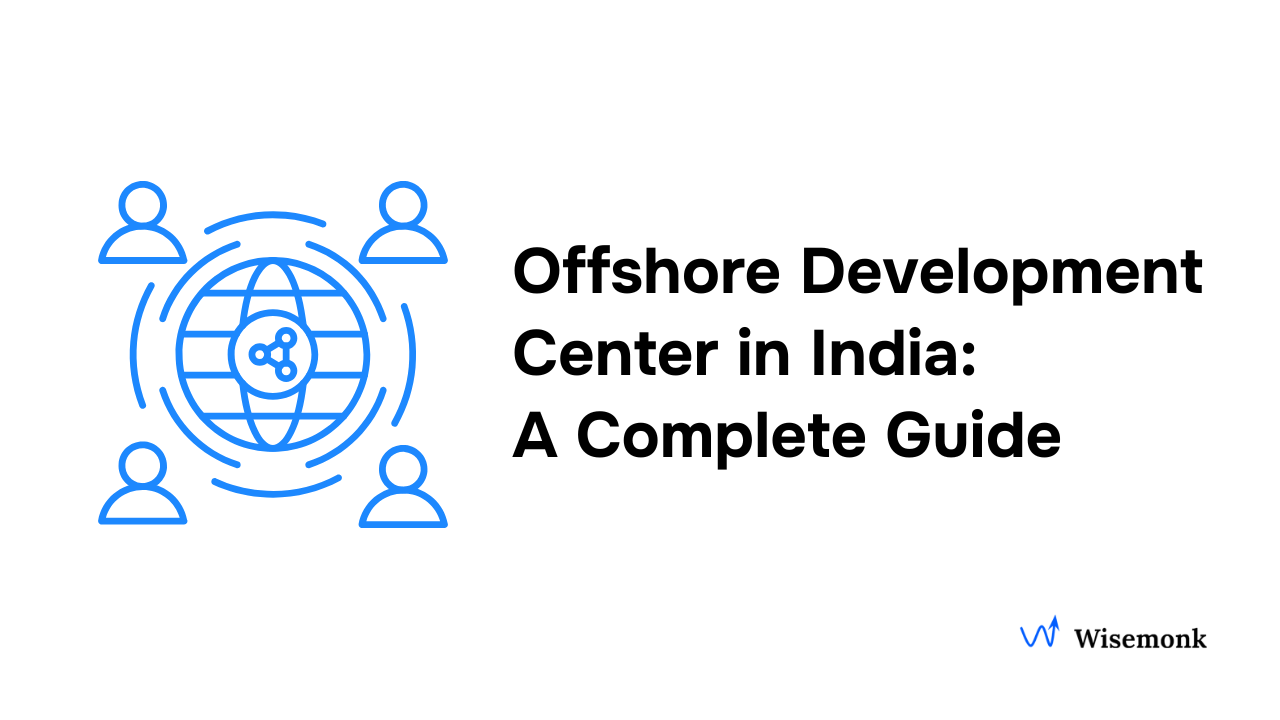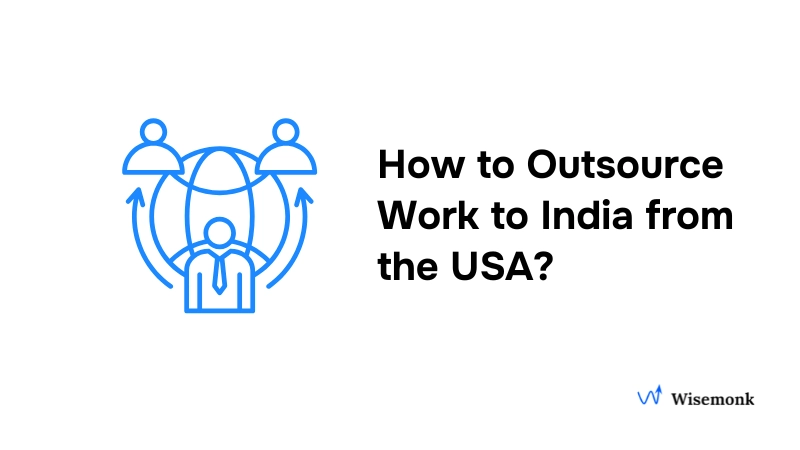The Internal Revenue Service (IRS) recently provided guidance on the treatment of Research and Experimental Development (R&D) costs under Section 174 of the Tax Cuts and Jobs Act, revealing significant changes that directly affect startups in the United States. This article explores the implications of these changes, focusing on the need for startups to capitalize and amortize R&D costs over specific periods. We also discuss the potential impact on cash flow and present strategies, such as Employer of Record (EOR) services, to help startups mitigate the financial challenges posed by these regulatory changes.
Changes Under Section 174
Under the amended regulations, startups can no longer immediately expense R&D costs. Instead, they are required to capitalize and amortize these costs over a 5-year period for domestic research and a 15-year period for foreign research. This marks a significant departure from the previous practice and particularly affects startups in their development stage, where a considerable portion of operational costs is attributed to labor expenses for research, development, testing, and product iteration. The cut-off date for this accounting attribution has been kept as 31 Dec 2021.
Ammortization Schedule
The amortization schedule is now set at 10% for the first year, 20% for years 2 through 5, and 10% for the sixth year. This structured approach to amortization poses financial challenges for startups, impacting their cash flow and overall financial health.
Comparative Analysis
To illustrate the impact of these changes, we present comparative tables outlining the tax implications for R&D costs over a 5-year period, both before and after the implementation of Section 174 amendments.
Illustrative Income Statement:
Assumptions:
- Average cost of developer in the United States = USD 200,000; No. of developers = 5
- Marginal Corporate tax rate = 21%
- Revenue is assumed to increase at a CAGR of 20%
- Ammortization schedule: 10% for Y1, 20% for Y2-Y5, 10% for Y6
Financial Analysis
The illustrative Income Statement highlights a need for founders to have USD 189,000 to cover tax obligations, creating pressure on capital. To address this, founders can adjust tech development costs by strategically hiring talent, offering a way to offset the tax burden and preserve capital for their ventures.
Conclusion
In light of these regulatory changes, startup founders are encouraged to explore innovative solutions, such as EOR services, to optimize their cash flow and minimize the impact on their financial stability. By strategically navigating these cash outflows, startups can maintain their focus on product development and long-term growth.
To learn more about how Wisemonk can assist in hiring global talent and navigating compliance amid these regulatory shifts, let’s initiate a conversation.
For more information, you can download our Building Beyond Borders Guide.
.png)






